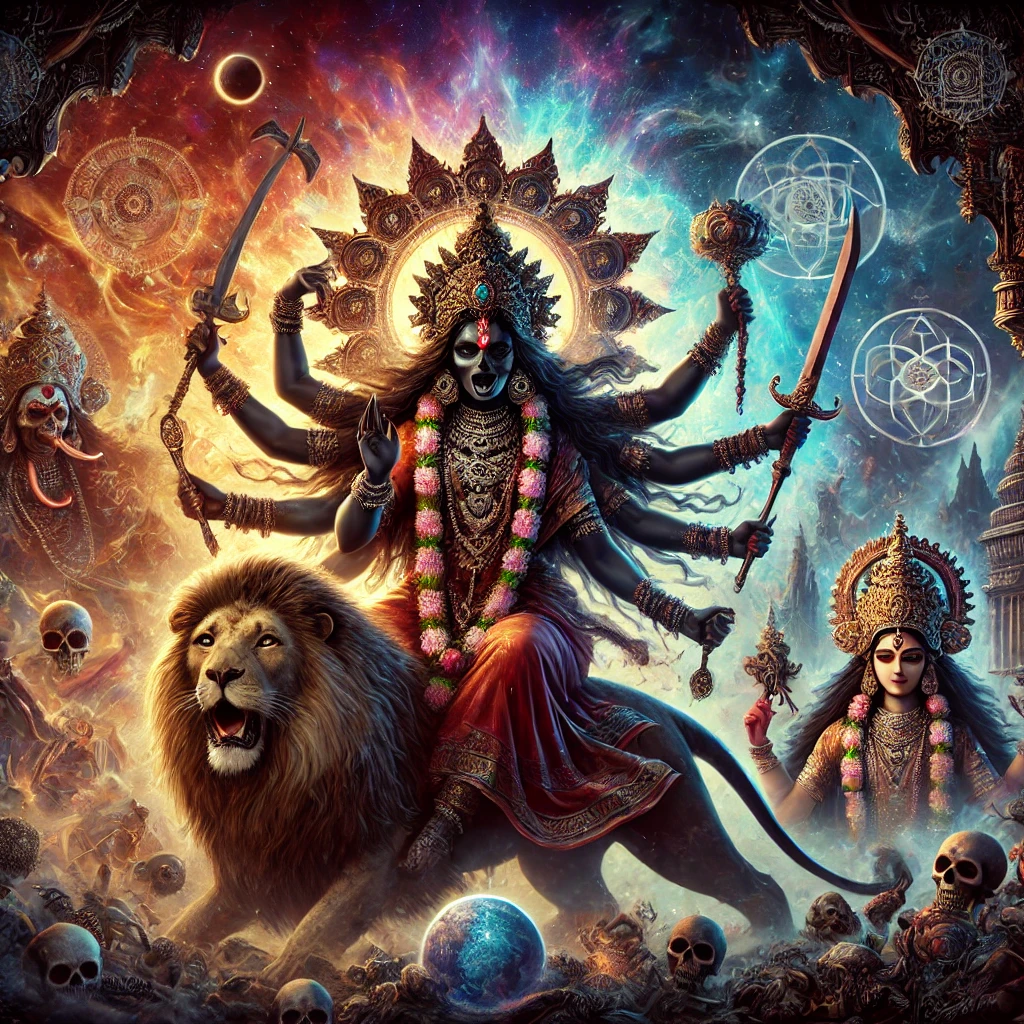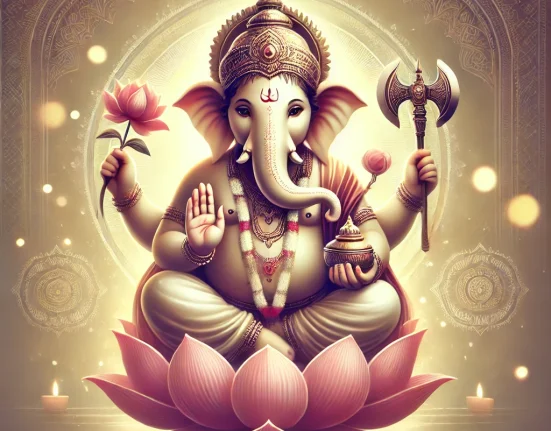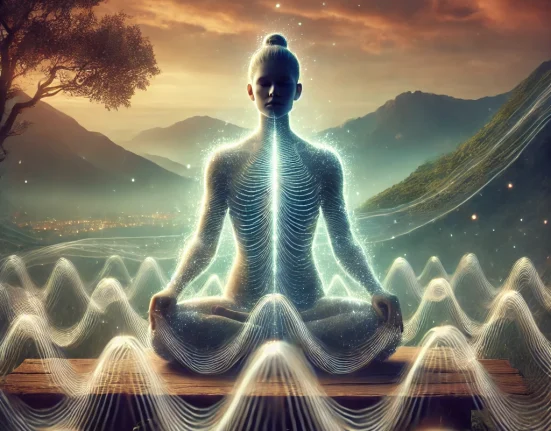Tantra is one of the most fascinating and often misunderstood aspects of Hinduism. It is a spiritual science that integrates profound rituals, meditation techniques, and sacred practices aimed at personal transformation and enlightenment. Tantra transcends the common stereotypes associated with it, diving deep into the realms of divine consciousness, energy, and devotion. If you are seeking an understanding of Tantra, you are embarking on a journey that connects the mundane with the mystical, the body with the soul, and the material with the spiritual.
Understanding Tantra: More Than Meets the Eye
At its core, Tantra is a Sanskrit word meaning “loom” or “weave,” symbolizing how this spiritual path weaves together the physical and metaphysical dimensions of existence. Unlike the often narrow perceptions of Tantra as merely focused on sensuality, its true essence is far more profound. Tantra is a system of beliefs and practices that acknowledges the divinity within every individual and seeks to unite the practitioner with the universal energy, often personified as the Goddess, or Shakti.
In Hinduism, Tantra forms the backbone of many devotional practices. It offers an integrated approach to the worship of powerful deities such as Kali, Nirrti, and Durga, each embodying aspects of transformation, destruction, protection, and ultimate liberation. Through a blend of rituals, mantras, mudras (sacred gestures), and meditation, practitioners of Tantra aspire to awaken dormant energy (Kundalini) within, leading to a higher state of consciousness.
Roots and Evolution of Tantra
The origins of Tantra are somewhat obscure, often cloaked in mystery. Historical texts and oral traditions suggest that Tantra has been practiced in India for thousands of years, emerging alongside the Vedic traditions and shaping much of the later developments in Hindu rituals and spiritual practices.
In contrast to more ascetic paths like Vedanta, which often advocate renunciation of the material world, Tantra embraces the material as sacred. The body, the senses, and even worldly pleasures are not viewed as obstacles but as vehicles through which one can achieve spiritual awakening. In this way, Tantra empowers individuals to transcend dualistic thinking, realizing that there is no separation between the physical and spiritual realms.
One significant evolution of Tantra occurred in the medieval period when the practice took a more structured form. Tantra influenced the worship of deities like Kali, Durga, and Nirrti—each representing complex cosmic forces. These goddesses, often portrayed as fierce and fearsome, symbolize not only destruction but also the dissolution of ego and ignorance. Through their worship, one can experience liberation or moksha.
Tantric Path to Liberation: Rituals and Practices
At the heart of Tantra are its intricate rituals and meditative practices. These are designed to purify the mind, body, and spirit, creating harmony between one’s inner and outer worlds. Contrary to some misconceptions, Tantra is not purely focused on physical intimacy. Instead, it encompasses a variety of disciplines, including:
- Mantras: Sacred sounds or syllables repeated during meditation to focus the mind and invoke the divine presence. One of the most powerful mantras in Tantra is the Om or Aum, symbolizing the primordial sound of the universe.
- Yantras: Geometric designs that serve as visual aids in meditation, helping the practitioner to focus on the energy of specific deities like Kali or Durga. The Sri Yantra, for example, is a popular tool in Tantric meditation, symbolizing the cosmos and the union of masculine and feminine energies.
- Kundalini Yoga: This is one of the core practices of Tantra, which aims to awaken the Kundalini—the primal energy coiled at the base of the spine. Through breath control, postures, and meditation, this energy is gradually brought up through the chakras, or energy centers, leading to heightened spiritual awareness.
- Mudras and Bandhas: These are hand gestures and body locks that help direct the flow of energy within the body, balancing the physical and subtle energies.
The worship of powerful goddesses like Kali, Durga, and Nirrti is integral to Tantric rituals. These deities are revered not just as protectors but also as liberators who help the practitioner break free from ignorance, attachments, and limitations. Kali, for example, with her fierce demeanor and association with time and death, represents the destruction of ego, paving the way for spiritual rebirth.
Tantra, the Divine Feminine, and Goddess Worship
One of the most distinctive features of Tantra is its deep reverence for the Divine Feminine. In Tantra, the universe is seen as a dance between Shiva (the masculine principle) and Shakti (the feminine energy). While Shiva is consciousness, Shakti is the dynamic force that brings everything into existence. Therefore, Shakti is worshiped in her many forms, the most prominent being Kali, Durga, and Nirrti.
Kali: The Fierce Mother of Transformation
The image of Kali is perhaps the most iconic in Tantra. Depicted as a dark, wild figure with a garland of skulls, Kali symbolizes both destruction and creation. She is the destroyer of ignorance, illusions, and ego. For the Tantric practitioner, invoking Kali is a way to confront their deepest fears and emerge stronger, reborn with a higher awareness of the divine. Through the worship of Kali, practitioners seek liberation from the cycle of birth and death, finding the courage to face life’s uncertainties.
Durga: The Warrior Goddess of Protection
Durga is another powerful figure in Tantra. She is the warrior goddess, riding a lion and armed with weapons gifted by the gods. Durga represents protection and the removal of obstacles, helping devotees overcome challenges and injustices. Tantric rituals often call upon Durga’s strength and power to help the practitioner maintain focus, discipline, and determination on their spiritual path.
Nirrti: The Goddess of Destruction and Renewal
Though lesser-known, Nirrti plays a significant role in the Tantric tradition. She is the goddess of death, decay, and misfortune, yet she also holds the key to renewal and transformation. In Tantra, worshiping Nirrti is not seen as inviting misfortune but rather as a way to confront and accept the inevitable cycles of life. By acknowledging the forces of decay and destruction, practitioners align themselves with the natural process of death and rebirth, finding balance in their spiritual journey.
The Misconceptions Surrounding Tantra
Despite its deep spiritual roots, Tantra has been subject to various misconceptions, particularly in the West. For many, the term “Tantra” has been misunderstood as being solely focused on sexual practices. While Tantra does recognize the sacredness of intimacy, its scope is much broader. In fact, sexual practices form only a small fraction of the Tantric tradition and are typically reserved for advanced practitioners who have undergone years of rigorous spiritual discipline.
Tantra is more accurately understood as a holistic spiritual path, one that embraces all aspects of life—both the sacred and the profane. Its goal is the awakening of the soul to its divine potential, achieved through a variety of meditative, ritualistic, and yogic practices.
Embracing Tantra in Today’s World
Tantra offers a way to bring spirituality into everyday life. In a world increasingly disconnected from the sacred, Tantra invites us to see divinity in everything—from our daily routines to our relationships. The emphasis on goddess worship, particularly figures like Kali, Durga, and Nirrti, serves as a reminder of the powerful forces that shape our lives and the potential for growth and transformation.
Whether through mantras, meditation, or simply shifting our perspective, the practice of Tantra teaches us to live in harmony with the universe, embracing both its challenges and its blessings.
Tantra—A Path of Empowerment and Enlightenment
In essence, Tantra is a path of empowerment. It teaches that the divine exists within all of us and that through dedicated practice, we can awaken this inner divinity. Whether you are drawn to the fierce grace of Kali, the protective strength of Durga, or the transformative energy of Nirrti, Tantra offers a way to connect with these powerful forces and bring about profound changes in your life. By exploring Tantra, you are not just learning about an ancient spiritual tradition but also embarking on a personal journey toward self-realization and enlightenment.
Embrace the path of Tantra, and let it transform not only your understanding of the universe but also your experience of life itself.





Leave feedback about this